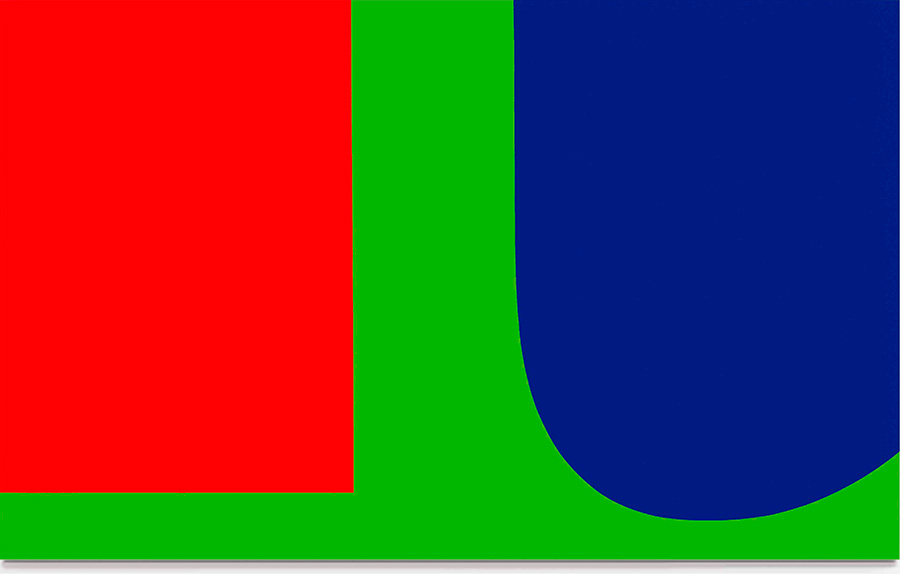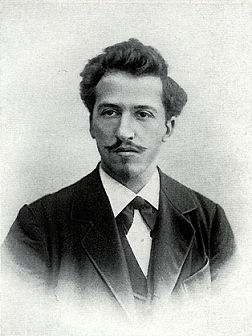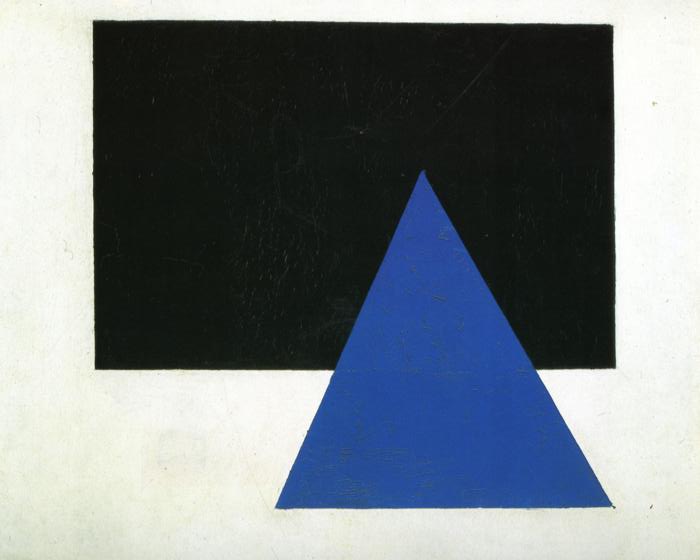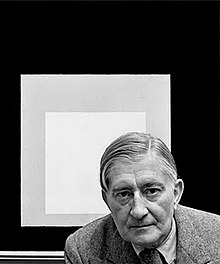Black Square, 1915, Oil on Canvas,106 x 106 cm
-Kazimir (Kasimir) Malevich
The Black Square is one of the most famous creations
of Russian art in the last century. The first Black Square was painted
in 1915 to become the turning point in the development of Russian avant-garde.
Black Square against white background became the symbol, the basic
element in the system of the art of suprematism, the step into the new art.
Kazimir Malevich (February 23 1879 – May 15 1935) was a
Russian painter and art theoretician. He was a pioneer of geometric abstract
art and the originator of the avant-garde Suprematism movement.In 1915,
Malevich laid down the foundations of Suprematism. He published his manifesto
From Cubism to Suprematism. Malevich became a member of the Collegium on the
Arts of Narkompros, the commission for the protection of monuments and the
museums commission (all from 1918–1919).
"Hence, to the
Suprematist, the appropriate means of representation is always the one which
gives fullest possible expression to feeling as such and which ignores the
familiar appearance of objects.
Objectivity, in itself, is meaningless to him; the concepts
of the conscious mind are worthless. Feeling is the determining factor ... and
thus art arrives at non objective representation at Suprematism...Everything
which determined the objective ideal structure of life and of "art' ideas,
concepts, and images all this the artist has cast aside in order to heed pure
feeling... Suprematism is the rediscovery of pure art which, in the course of
time, had become obscured by the accumulation of "things".
This piece became a staple for a huge movement, and something many people only hoped to accomplish with their own art. Making it a perfect addition to my exhibit



















.jpg/220px-O'Keeffe-(hands).jpg)